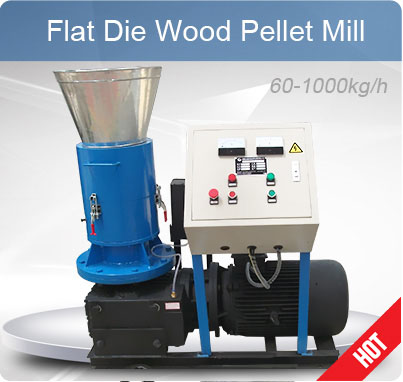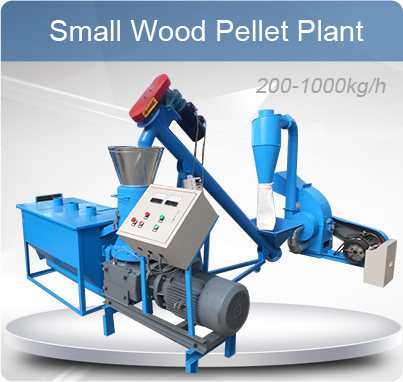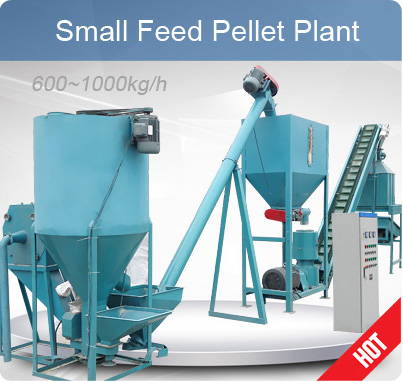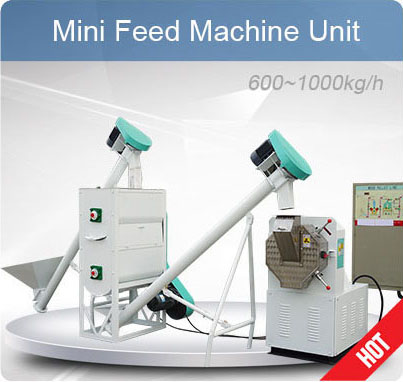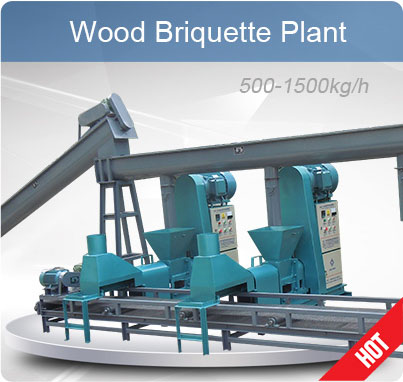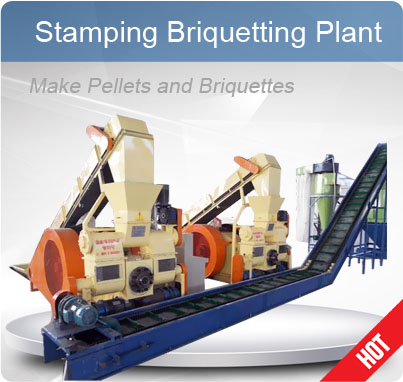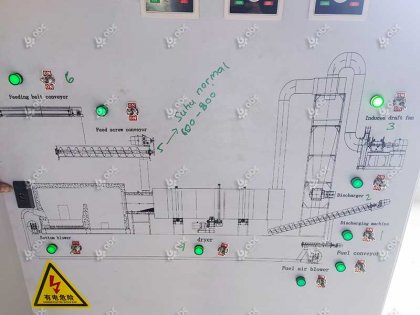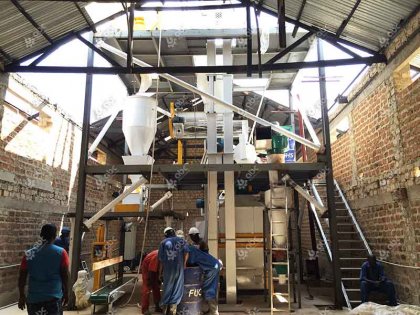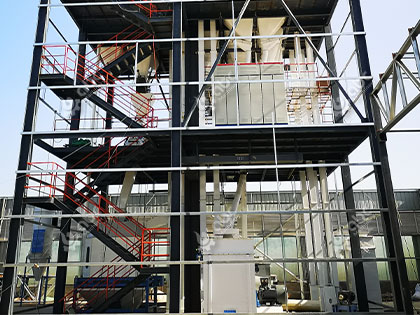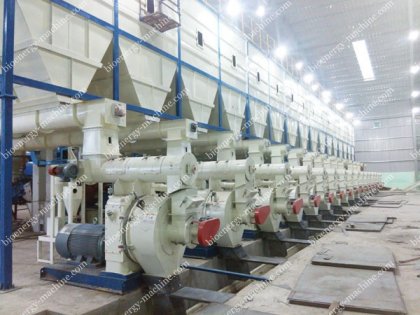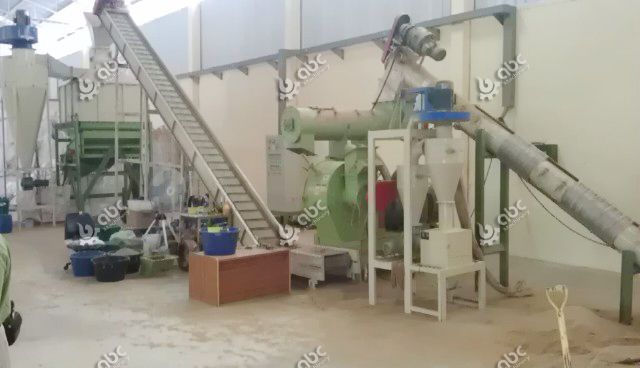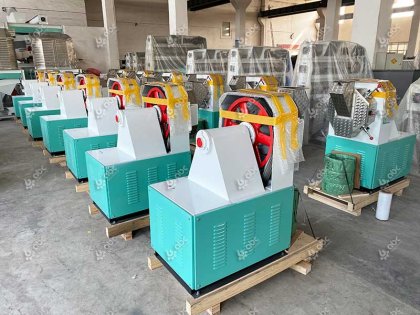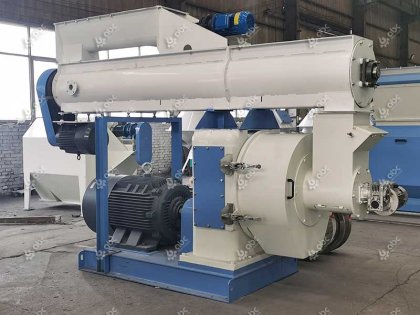If you’re an investor or someone using RDF processing systems, what you want is simple. You need a project that turns waste into energy efficiently, follows all the rules, keeps everyone safe, and doesn’t cost a fortune to run.
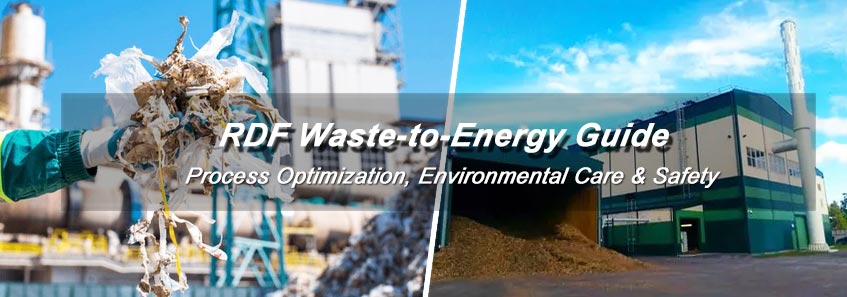
RDF Project Excellence: Optimization, Safety & Sustainability
This article breaks down how to add environmental care and safety to your RDF project the easy way. Tweaking your RDF process can cut down on environmental hassle, make more energy, and keep things safe—all at once. Need help getting this right for your project? Just reach out to ABC Machinery. We’ll help you sort it out.
RDF Process Optimization: Get More Energy (With Less Waste)

RDF Process Optimization: 3 Steps + Key Technologies
The RDF (Refuse Derived Fuel) process plays a vital role in waste-to-energy projects. By optimizing the RDF process, industries can maximize energy output and minimize waste. The focus on optimizing RDF production methods is essential for ensuring higher efficiency and achieving sustainable energy generation.
Simple 3 Steps to Make Your RDF Process Better
-
1. RDF Material Sorting: The first step in the RDF process involves sorting waste materials to ensure that only suitable feedstock is used. The waste is categorized based on its calorific value, which directly impacts energy efficiency. By optimizing this sorting process, plants can ensure higher-quality RDF production and, subsequently, greater energy output.
-
2. Thermal Treatment Optimization: The thermal conversion stage is where the waste is converted into energy. This can be optimized by adjusting the temperature and pressure conditions in the furnace to ensure that the waste is fully combusted. Monitoring these parameters closely can lead to improved energy yields and reduced emissions.
-
3. Combustion Efficiency: By adjusting air and fuel ratios, RDF combustion efficiency can be maximized. A well-optimized combustion process ensures that more energy is derived from the RDF, while minimizing harmful emissions.
Technology and Tools That Make This Easy
Advanced monitoring systems such as Manufacturing Execution Systems (MES) and Near-Infrared Reflectance (NIR) sensors provide real-time data, enabling precise control over the RDF process. This ensures continuous optimization, improving the quality of energy produced and the efficiency of the overall process.
-
MES Systems: These systems help monitor production processes, optimize resource utilization, and increase overall plant performance.
-
NIR Sensors: These sensors are used to analyze the composition of waste materials and make adjustments to improve RDF production.
The benefits of optimizing the RDF process are clear: higher energy efficiency, reduced waste, and better alignment with environmental sustainability goals. Optimize your RDF production process to unlock energy production potential—contact our experts today!
Keeping Your RDF Project Kind to the Environment
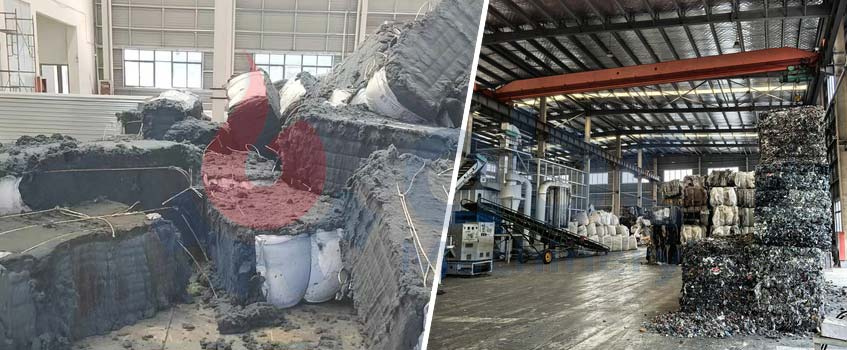
RDF Environmental Care: Mitigation Strategies for Sustainability
Environmental concerns are critical in RDF waste-to-energy projects, as they are designed to minimize the ecological footprint of waste disposal. Understanding and managing the environmental impact of RDF processes is essential for ensuring compliance with global sustainability standards.
Key Environmental Challenges(And How to Fix Them)
-
Air Quality: Combustion of RDF can result in emissions of particulate matter, carbon dioxide, and other greenhouse gases. Managing these emissions is crucial for maintaining air quality.
-
Water Use: The cooling systems in RDF plants require significant water consumption, which can affect local water resources.
Mitigation Strategies: Easy Fixes to Cut Down on Harm
Effective mitigation strategies involve using cutting-edge technologies and best practices:
-
Emission Control Systems: The implementation of flue gas cleaning systems, including scrubbers and filters, can significantly reduce harmful emissions from RDF combustion.
-
Water Recycling: Closed-loop water systems can help minimize the environmental impact of water usage by reusing water in cooling processes.
-
Sustainable Feedstock: Using high-calorific waste as feedstock reduces the environmental burden of waste disposal and improves the efficiency of energy production.
These strategies ensure that RDF waste-to-energy plants adhere to environmental standards while achieving their energy production goals. Partner with us to implement sustainable practices in your RDF waste-to-energy project—reach out for personalized solutions!
Safety Standards and Risk Management: Ensuring Safe Production Processes
Safety isn’t optional—especially in RDF plants. You need to keep accidents away, protect your team, and keep things running smoothly. The good news? It’s easy with the right steps.
Identifying Key Safety Risks
-
Fire Hazards: RDF processing involves high temperatures, making fire safety a significant concern. Proper equipment and precautions are necessary to prevent fires.
-
Toxic Exposure: Some waste materials, when burned, can release harmful gases. Proper ventilation and emission control systems are essential to mitigate this risk.
Implementing Safety Standards
-
Fire Prevention Systems: Incorporating automated fire suppression systems and temperature sensors can significantly reduce fire risks.
-
Air Quality Monitoring: Continuous air quality monitoring systems can detect harmful gases early and trigger safety measures to protect workers.
By adhering to these safety protocols, RDF production facilities can operate efficiently and safely, ensuring that both workers and the surrounding environment are protected from potential hazards.
Cost-Benefit Analysis & Technology Selection for RDF Waste to Energy
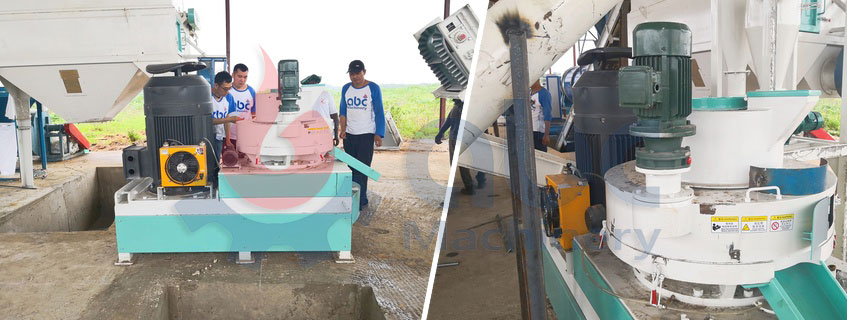
RDF Technology Selection: Cost-Benefit & Efficiency Analysis
The selection of appropriate equipment and technologies plays a significant role in the cost-effectiveness of RDF waste-to-energy projects. A comprehensive cost-benefit analysis ensures that investments in technology deliver optimal returns.
What to Look for When Choosing Technology?
When selecting RDF production technology, it’s important to consider:
-
Energy Efficiency: Technologies that maximize energy output from RDF feedstock will ensure a higher return on investment.
-
Maintenance Costs: Equipment with low maintenance costs will improve the overall cost-effectiveness of the RDF production process.
How to Realize If It’s Worth the Money?
Just ask two simple questions:
-
How much energy will it make?: Calculate the potential energy output from the RDF process and compare it with the costs of different technologies.
-
Will it work for your RDF project?: Assess how efficiently the selected technology can operate under different environmental conditions and waste compositions.
Investing in the right RDF production technology will enhance both operational efficiency and profitability. Make informed decisions with expert guidance on RDF technology selection—contact us for a consultation!




